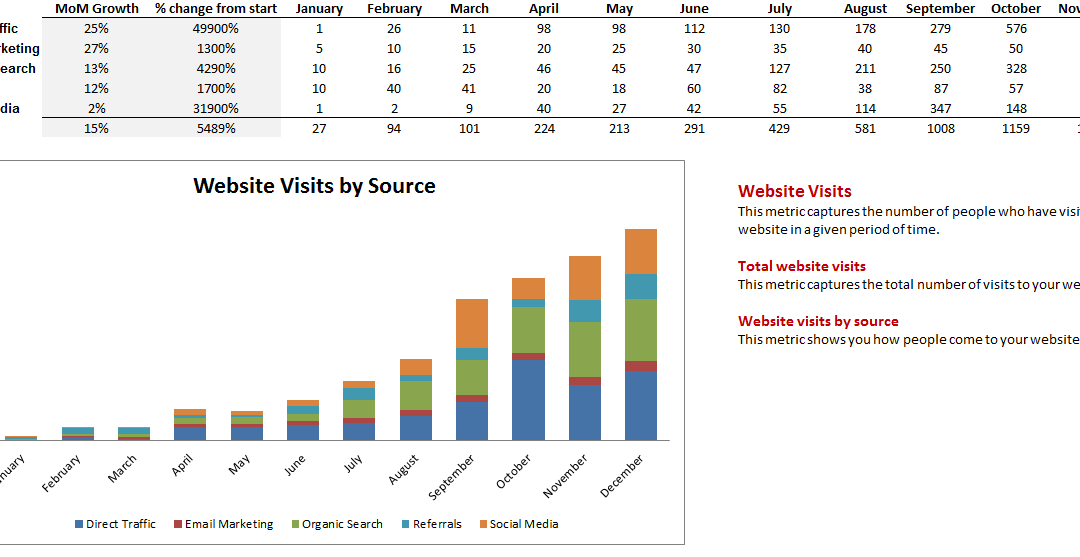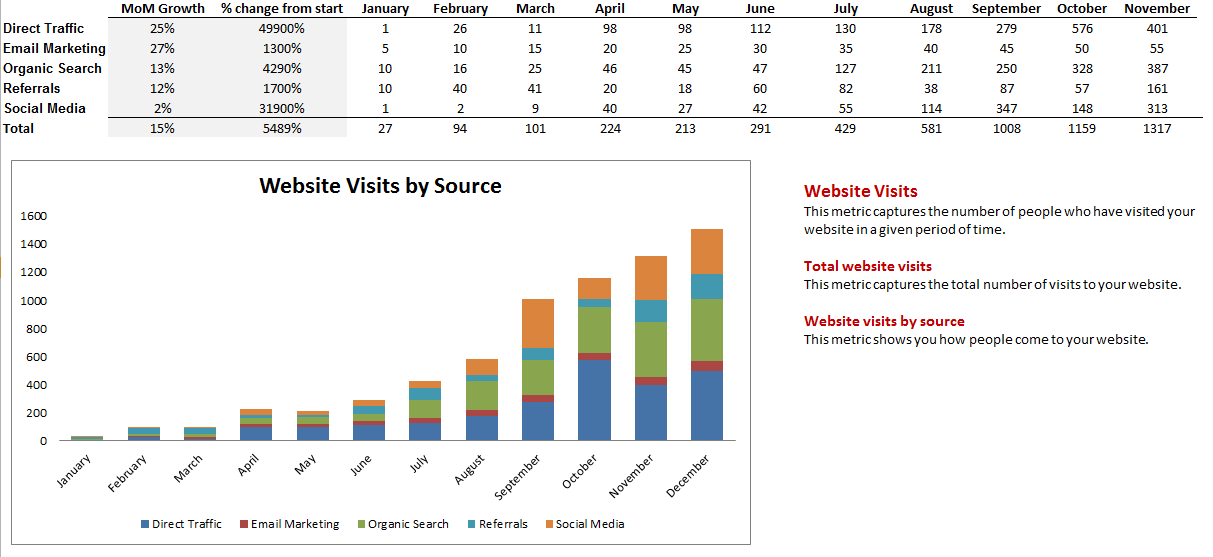
by Fronetics | Feb 26, 2015 | Blog, Marketing

Different marketing efforts produce different customer conversion rates. Here’s what you need to know so you can maximize your marketing efforts.
Deciding where to focus your company’s marketing dollars to attract leads and convert them into customers can be a tricky endeavor. The key to a successful marketing strategy requires evaluation beyond what’s anecdotally “working” to a more evidence-based approach. Here we pull the curtain back to reveal how certain marketing activities stack up against one another when it comes to customer conversion rates.
Tradeshows
While tradeshows continue to be a staple of most marketing departments in the logistics and supply chain industries, the return on investment can be disappointing. Implisit reports the average opportunity to customer conversion rate for all marketing channels to be 48%, but less than 30% of opportunities generated by tradeshow activity are converted into customers. Tradeshows don’t have to be a total bust, though. Turn tradeshow activities into robust lead nurturing campaigns and use social media to keep the conversation going with customers and prospects. Use your company blog to dig deeper into the issues your prospects had and turn their questions into answers addressed in-depth in blog posts. By driving tradeshow activity back to your company blog and social media accounts, you create more intimate, meaningful relationships with prospects that are far more likely to result in customer conversions.
Lead Lists
Conversion rates for lead lists are among the poorest for all marketing activities. In addition to being one of the highest cost per lead marketing approaches, lead lists can damage the credibility of marketers with target prospects and email service providers alike. Akin to a credit score, marketers who use email to reach prospects should protect the credibility and reputation of their email sender score. If you load up emails and blast them out to anyone and everyone like you would a t-shirt gun at a basketball game, your score will suffer and future emails will be less likely to reach their intended recipient. Similarly, sending generic, uninspired emails to unsegmented lists can undermine your efforts to reach high-value prospects. Work smarter with your lead lists by creating highly segmented mini-lists. Send relevant and specific material to each segmented list. Building hyper-focused lead nurturing campaigns and creating real value for 250 leads is much more likely to generate real opportunities than sending 500 leads a groan-inducing, delete-immediately email.
Webinars
On the surface, webinars seem to pack a big punch for marketers. Having a captive audience in front of which to visually promote your services or products is what marketers live for, right? Not exactly. When it comes down to closing deals and winning customers, webinars don’t live up to expectations. In fact, less than one third of webinar-generated opportunities will convert to customers. One reason for such a meager conversion rate is that most marketers tend to hold webinars as a one-off product or service promotion. Trying to produce a speedy sale by presenting and closing with a webinar turns leads cold or worse, closes deals with customers who aren’t a good match for your products or services. Building a solid, lead nurturing webinar strategy can improve your conversion rates for this marketing channel. Creating a webinar funnel and aligning webinar topics to lead positioning within the funnel builds rapport and ensures your company has the attention of the right audience.
Websites
Leads generated via a company’s website not only have a higher than average lead-to-deal conversion rate (1.5%), but also a faster average time to closing. Other marketing channels – email marketing, social media, print – often link back to a company’s website where the actual conversion will take place. Because of this, special attention should be given to the wording of calls to action, the formatting, and the ease of use of your website. Further, a robust, consistent publication and distribution strategy for website content and resources will ensure the return of visitors and increase opportunities for lead and customer conversions.
Social Media
HubSpot reports that social media has a 100% higher lead-to-close rate than outbound marketing, making it a worthwhile marketing activity for many companies. Social media allows for a more personal and nimble engagement with leads and prospects. Optimize your lead and customer conversion rates via social media by aligning content with platform etiquette, encouraging the promotion of your content by making it easy for followers to share your resources, and not limiting your engagement to leads and prospects.
Surprisingly, marketing activities that generate the most leads often don’t produce the best conversion rates. Do you see that reflected in your own marketing efforts? Which marketing channels have proven the most successful for your company?

by Fronetics | Feb 26, 2015 | Blog, Marketing

Different marketing efforts produce different customer conversion rates. Here’s what you need to know so you can maximize your marketing efforts.
Deciding where to focus your company’s marketing dollars to attract leads and convert them into customers can be a tricky endeavor. The key to a successful marketing strategy requires evaluation beyond what’s anecdotally “working” to a more evidence-based approach. Here we pull the curtain back to reveal how certain marketing activities stack up against one another when it comes to customer conversion rates.
Tradeshows
While tradeshows continue to be a staple of most marketing departments in the logistics and supply chain industries, the return on investment can be disappointing. Implisit reports the average opportunity to customer conversion rate for all marketing channels to be 48%, but less than 30% of opportunities generated by tradeshow activity are converted into customers. Tradeshows don’t have to be a total bust, though. Turn tradeshow activities into robust lead nurturing campaigns and use social media to keep the conversation going with customers and prospects. Use your company blog to dig deeper into the issues your prospects had and turn their questions into answers addressed in-depth in blog posts. By driving tradeshow activity back to your company blog and social media accounts, you create more intimate, meaningful relationships with prospects that are far more likely to result in customer conversions.
Lead Lists
Conversion rates for lead lists are among the poorest for all marketing activities. In addition to being one of the highest cost per lead marketing approaches, lead lists can damage the credibility of marketers with target prospects and email service providers alike. Akin to a credit score, marketers who use email to reach prospects should protect the credibility and reputation of their email sender score. If you load up emails and blast them out to anyone and everyone like you would a t-shirt gun at a basketball game, your score will suffer and future emails will be less likely to reach their intended recipient. Similarly, sending generic, uninspired emails to unsegmented lists can undermine your efforts to reach high-value prospects. Work smarter with your lead lists by creating highly segmented mini-lists. Send relevant and specific material to each segmented list. Building hyper-focused lead nurturing campaigns and creating real value for 250 leads is much more likely to generate real opportunities than sending 500 leads a groan-inducing, delete-immediately email.
Webinars
On the surface, webinars seem to pack a big punch for marketers. Having a captive audience in front of which to visually promote your services or products is what marketers live for, right? Not exactly. When it comes down to closing deals and winning customers, webinars don’t live up to expectations. In fact, less than one third of webinar-generated opportunities will convert to customers. One reason for such a meager conversion rate is that most marketers tend to hold webinars as a one-off product or service promotion. Trying to produce a speedy sale by presenting and closing with a webinar turns leads cold or worse, closes deals with customers who aren’t a good match for your products or services. Building a solid, lead nurturing webinar strategy can improve your conversion rates for this marketing channel. Creating a webinar funnel and aligning webinar topics to lead positioning within the funnel builds rapport and ensures your company has the attention of the right audience.
Websites
Leads generated via a company’s website not only have a higher than average lead-to-deal conversion rate (1.5%), but also a faster average time to closing. Other marketing channels – email marketing, social media, print – often link back to a company’s website where the actual conversion will take place. Because of this, special attention should be given to the wording of calls to action, the formatting, and the ease of use of your website. Further, a robust, consistent publication and distribution strategy for website content and resources will ensure the return of visitors and increase opportunities for lead and customer conversions.
Social Media
HubSpot reports that social media has a 100% higher lead-to-close rate than outbound marketing, making it a worthwhile marketing activity for many companies. Social media allows for a more personal and nimble engagement with leads and prospects. Optimize your lead and customer conversion rates via social media by aligning content with platform etiquette, encouraging the promotion of your content by making it easy for followers to share your resources, and not limiting your engagement to leads and prospects.
Surprisingly, marketing activities that generate the most leads often don’t produce the best conversion rates. Do you see that reflected in your own marketing efforts? Which marketing channels have proven the most successful for your company?

by Fronetics | Sep 10, 2014 | Blog, Data/Analytics, Marketing, Strategy
Metrics matter. Metrics allow you to measure success, drive strategy, and demonstrate the ROI of your marketing efforts. Conversions are one of the most important metrics to monitor.
Why conversion rates matter
What is a conversion? A conversion means action. It means that someone took some action that entered them into your funnel or moved them further down your funnel. Examples of conversions are: downloading a white paper, filling out a form, requesting information, opening an email, and becoming a customer.
By monitoring and tracking conversions you can determine what marketing efforts are paying off. Additionally, by monitoring and tracking conversions you can identify which efforts need to be re-evaluated or even discontinued. In short, conversion rates can help you measure your ROI.
Why conversion rates don’t matter
Conversion rates are not the Holy Grail of metrics. Your website should be a magnet. It should attract and engage prospective customers and current customers. Your website should serve to educate and to establish your business as an industry leader. Eighty to 90 percent of prospects are not ready to make a purchase when they first engage with your company. Conversion rates don’t capture the amount of time people spend on your website, learning, exploring, and getting to know your business. Conversion rates also do not capture the amount of time current customers spend on your website – valuing your company as a resource.
While conversion rates are an important metric to measure, remember that they are not the end all be all.
Tracking conversion rates
We created a template that you can download and use to track conversion rates and other critical metrics. While the template captures visitor-to-lead and lead-to-customer conversion rates, you can easily modify the template to include additional conversion rates that are useful to your business.






